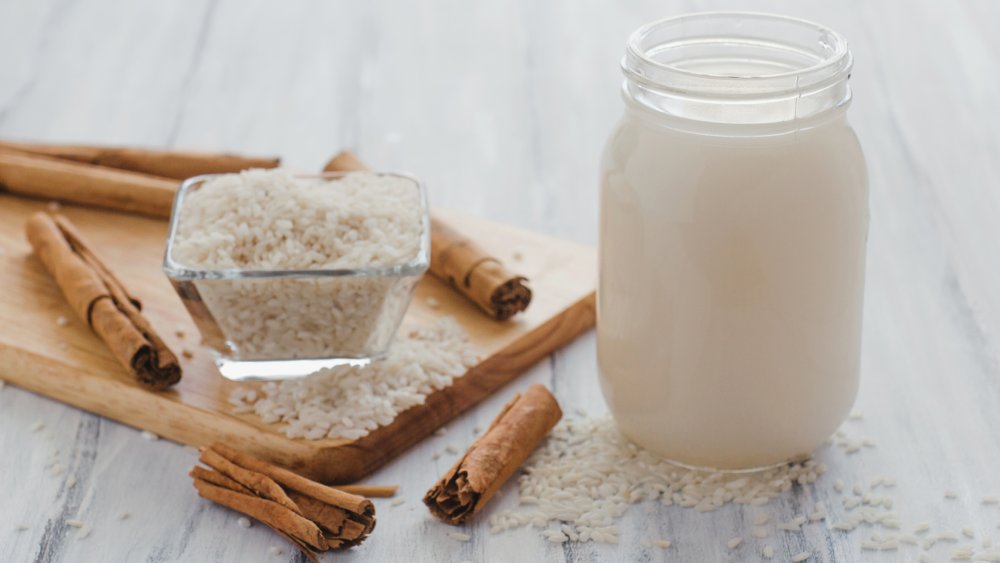The Real Difference Between Mexican Horchata And Spanish Horchata
Horchata may just be the best drink you've never tried – unless you have tried it, in which case you're nodding your head and saying, "Yep, that stuff's amazing" before you grab your car keys and head out the door to drive to your nearest taqueria to order one. (Hey, wait, weren't we promised a taco truck on every corner sometime around the last presidential election? Too bad that never actually came to pass, since it would make getting a horchata fix so much easier.) Horchata is usually served over ice (via The Spruce Eats), but you can also make it into a hot drink, and here's a tip if you're ever eating breakfast at a place that serves it: order both horchata and coffee, then mix some of the former into the latter. So yummy! Why isn't horchata-flavored coffee creamer yet a thing, and why did it take Starbucks so long to come up with a horchata frap?
Horchata as we know and love it in the U.S. is primarily the Mexican version made from rice and flavored with cinnamon and basically tasting like drinkable rice pudding, which, btw, is another dish Mexicans have perfected. Arroz con leche is so much tastier than that boring white glop that seems to be a dessert table staple at Old Country Buffet and similar types of "homestyle cooking" restaurants. But back to horchata – while this drink is known throughout the Spanish-speaking world, did you know it isn't always made from rice?
What Spanish horchata is made from
While horchata spread from Spain to its colonies, the drink didn't actually originate in Europe, much less in the New World. Horchata's origins can be traced back to Africa, where it was, and still is, made from tiger nuts. Medium says this beverage found its way to Spain about 1,000 years ago, where it kept the tiger nuts but gained a new name: horchata de chufa. Bodega City says that Spanish horchata is usually served cold and that it's traditionally accompanied by donut-like pastries called (don't laugh) fartons. (Okay, cut that out. What, are we back in third grade?)
Apparently tiger nuts aren't really a western hemisphere thing, as most Latin American horchatas are made using different ingredients. The closest approximation may be the Salvadorean horchata de morro made from gourd seeds, but other versions include horchata de melón made from melon seeds, horchata de ajonjolí made from sesame seeds, and an Ecuadorian horchata that is made from 18 different herbs, has a clear red color and is not milky at all. Are any – or all – of these as good (or even better?) than our beloved Mexican horchata de arroz? Maybe so, maybe no, but it would sure be fun to try them all and see.

